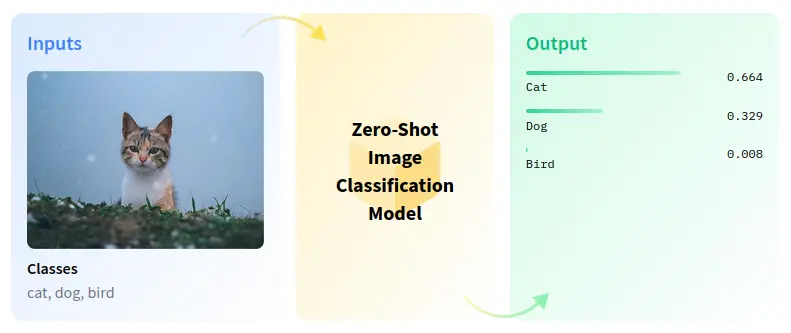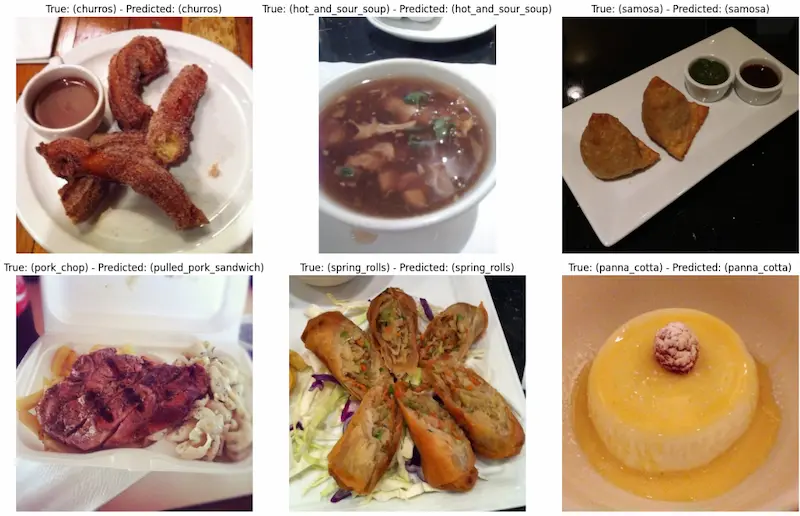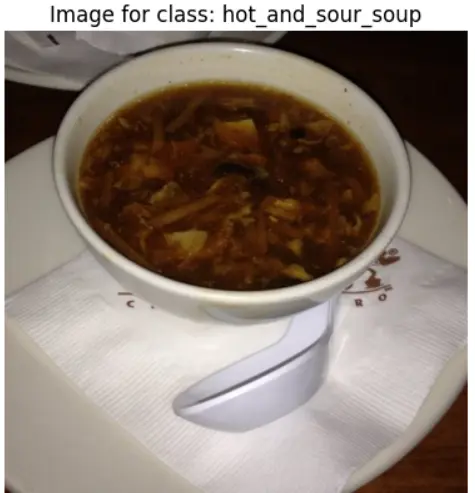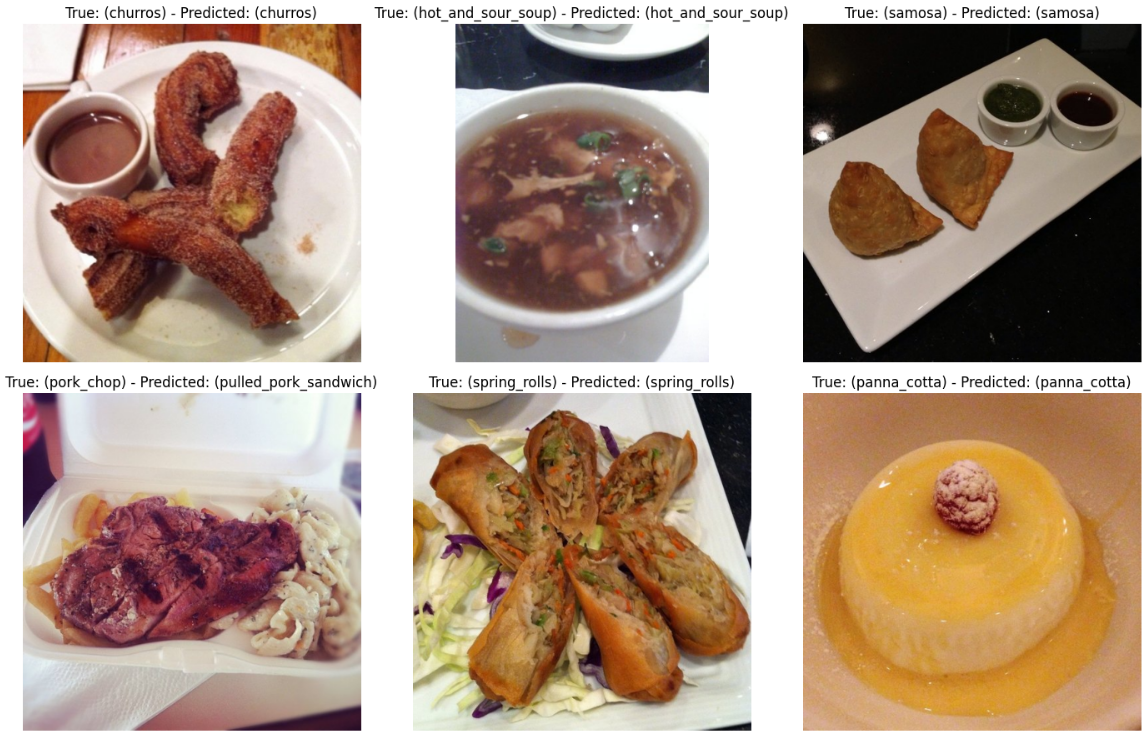CLIP's Performance On Food Dataset: Here Are The Findings

The CLIP (Contrastive Language–Image Pre-training) model represents a groundbreaking convergence of natural language understanding and computer vision, allowing it to excel in various tasks involving images and text.
Its foundation is rooted in zero-shot transfer learning, which empowers the model to make accurate predictions on entirely new classes or concepts it has never encountered in its training data.
This innovative approach builds upon earlier explorations in computer vision, where the utilization of natural language as a flexible prediction space facilitated the generalization and transfer of knowledge.
CLIP derives inspiration from pioneering research that harnessed natural language supervision to achieve zero-shot transfer to various computer vision classification datasets. One pivotal element of CLIP's success lies in the scaling of its pre-training task, which taps into the vast reservoir of text-image pairs found on the internet.

Figure: Zero-shot Classification
By training the model to predict which textual descriptions are associated with given images, CLIP effectively learns to recognize a broad spectrum of visual concepts and associate them with their corresponding textual representations.
This proficiency in zero-shot learning enables CLIP to tackle an extensive range of tasks, from image classification to object detection. Furthermore, CLIP adopts modern deep learning architectures, particularly Transformers, to intricately model the intricate relationships between images and text.
As part of a broader movement revisiting the learning of visual representations through natural language supervision, CLIP stands out as a remarkable achievement, effectively bridging the chasm between natural language and computer vision.
Its ability to associate images with textual descriptions during pre-training empowers it to excel in tasks requiring generalization to unseen classes or concepts, positioning it as a pivotal advancement in the realm of multimodal AI.
In this work, we use the Food101 image dataset, which includes various images of different food items and their corresponding labels.
Table of Contents
About Datasets
Before moving on to the CLIP Model analysis, we look at the datasets used.
Food101 Dataset
The Food101 dataset consists of 101 food categories and comprises 101,000 images.

Figure: Sample Images from Dataset
Each category includes 250 test images that have undergone manual review and 750 training images. Notably, the training images intentionally retain some degree of noise, primarily characterized by vivid colors and occasional incorrect labels.
To ensure uniformity, all images have been resized to possess a maximum side length of 512 pixels.
Hands-on With Code
For trying out the code below for analyzing the zero-shot capability of the CLIP Model, below are some prerequisites you should be familiar with.
Pre-Requisites
To proceed further, one should be familiar with:
- Python: All the below code will be written using Python.
- Pytorch: PyTorch, founded on the Torch library, is a machine learning framework utilized for tasks like computer vision and natural language processing.
- Google Colaboratory: Colab is a cost-free Jupyter Notebook environment that operates exclusively within the cloud.
Tutorial
The template for running inference would be similar in all the 3 dataset cases, just the dataset would change.
We begin by loading the required libraries.
import os
import clip
import torch
import matplotlib.pyplot as pltLoading the Model, in GPU or CPU
# Load the model
device = "cuda" if torch.cuda.is_available() else "cpu"
model, preprocess = clip.load('ViT-B/32', device)Download the required Dataset.
# Download the dataset
from torchvision.datasets import Food101
data = Food101(root=os.path.expanduser("~/.cache"), download=True, split = 'train')Next, we prepare the input data.
# Prepare the inputs
image, class_id = data[1214]
image_input = preprocess(image).unsqueeze(0).to(device)
text_inputs = torch.cat([clip.tokenize(f"a photo of a {c}") for c in data.classes]).to(device)Next, we calculate the input features, i.e. encode these via CLIP Model.
# Calculate features
with torch.no_grad():
image_features = model.encode_image(image_input)
text_features = model.encode_text(text_inputs)So, now we compute the similarity between the image features and text features and pick the top 2 labels that match the input images.
# Pick the top 5 most similar labels for the image
image_features /= image_features.norm(dim=-1, keepdim=True)
text_features /= text_features.norm(dim=-1, keepdim=True)
similarity = (100.0 * image_features @ text_features.T).softmax(dim=-1)
values, indices = similarity[0].topk(2)Finally, we print our results and plot them for visualization.
# Print the result
print("\nTop predictions:\n")
for value, index in zip(values, indices):
print(f"{data.classes[index]:>16s}: {100 * value.item():.2f}%")
plt.imshow(image)
plt.title(f"Image for class: {data.classes[class_id]}")
plt.axis('off')
plt.show()Output

Figure: Model Probability Prediction

Figure: Image with True Class

Figure: Inference Images on Dataset using CLIP
Above, we can see that the output produced by CLIP is correct for the provided image. We run the above inference over multiple images, and below, we can see:
Conclusion
Frequently Asked Questions (FAQ)
1. What is OpenAI's CLIP?
Well CLIP, which stands for Contrastive Language-Image Pre-training, is a system that acquires visual knowledge through guidance from natural language. In traditional supervised computer vision setups, models are trained or fine-tuned using a predefined set of labels.
However, this approach imposes a constraint on the model because it needs to be retrained whenever it encounters new labels, limiting its adaptability and scalability.
2. Which CLIP model stands out as the top performer?
The H/14 variant has achieved an impressive 78.0% zero-shot top-1 accuracy on the ImageNet dataset and an impressive 73.4% on zero-shot image retrieval at Recall@5 on MS COCO. As of September 2022, it holds the distinction of being the finest open-source CLIP model available.
These CLIP models undergo self-supervised training on an extensive dataset of hundreds of millions or billions of (image, text) pairs.
3. What is OCR?
OCR stands for Optical Character Recognition. It is a technology that is used to convert printed or handwritten text and images into machine-readable text.

Simplify Your Data Annotation Workflow With Proven Strategies
.png)


